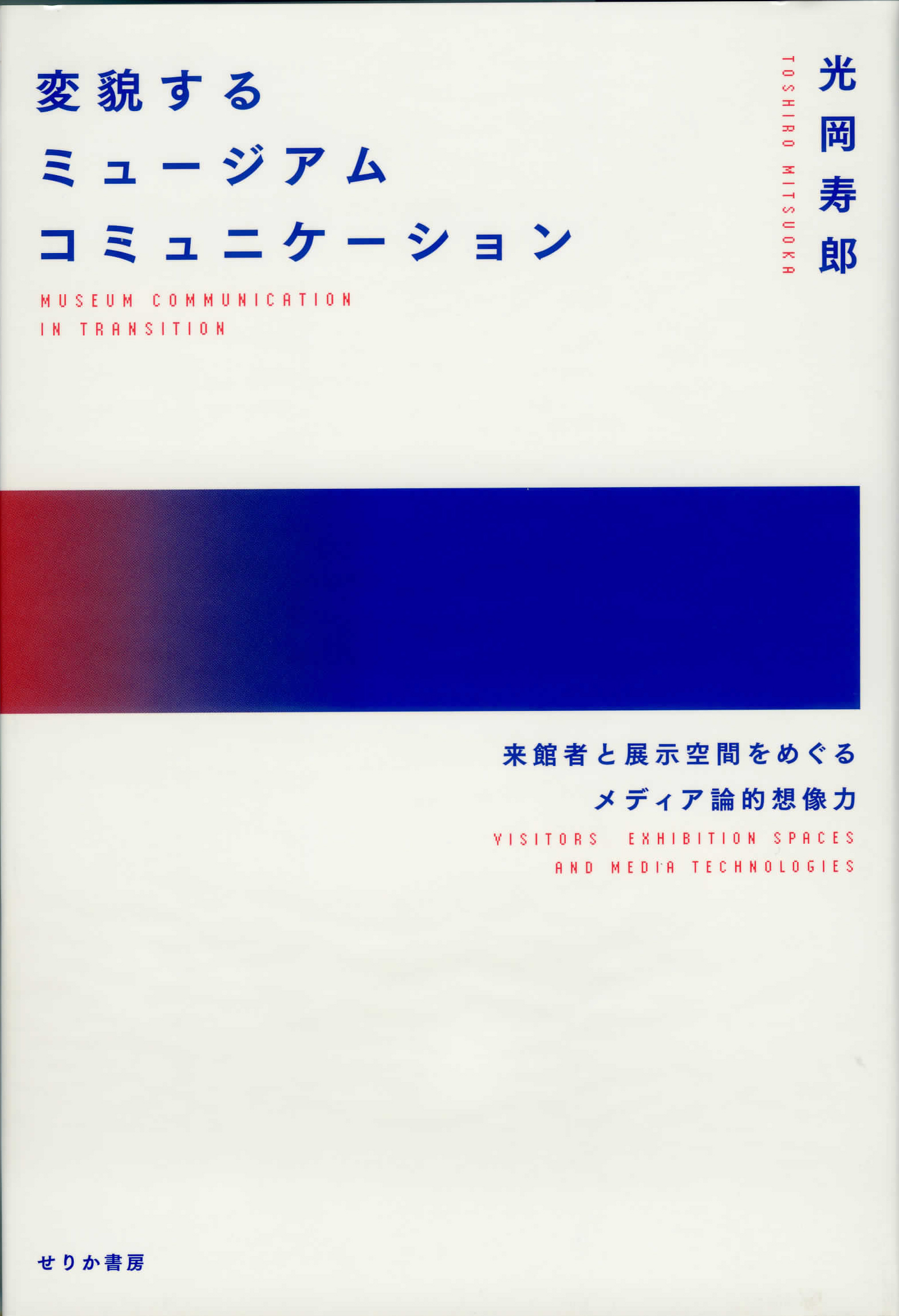
Title
Henbō-suru Museum Communication (Museum Communication in Transition – Visitors, Exhibition Spaces and Media Technologies)
Size
357 pages
Language
Japanese
Released
June, 2017
ISBN
978-4-7967-0365-9
Published by
Serica Shobo
Book Info
See Book Availability at Library
Japanese Page
What would you say if asked that what do people who visit museums do there? “View the works of art,” “learn through exhibited items,” or perhaps “engage in leisure activities?” These answers are probably all correct, as well as all incorrect. Museums are places where the general public gathers, and each individual weaves meaning in accordance with his or her own interests. However, up until now, museum visitor behavior has basically been analyzed through the art history-centered concept of “appreciation” or “viewing” (kanshō in Japanese), as well as the concept of “learning” from the field of pedagogy (particularly its subfield of educational psychology). The truth is that, visitors appreciate displayed items, as well as learn. Sometimes, the same visitors might also look at works from a tourist’s gaze. This book attempts to understand, from a media studies perspective, the process by which meaning emerges between such diverse and variable museums and viewers.
In this book, using the concept of “museum communication” that became commonplace during the 1990s in the field of museum studies in the UK, I have pieced together how historically the essence had been understood of the meaning generation process that takes place between museums and visitors. While referring to major UK and US museum magazines from 1900 to 2010, I decipher the way the concept of museum “communication” was understood during this time by museum specialists such as curators, exhibition designers, and museum studies scholars. By doing so, it became clear that visitors meaning generation process at museums does not take place solely in the context of museums but also under the influence of the contemporaneous media environments of which they are part. Furthermore, I also found that, similarly, this meaning generation process has been understood by experts against the background of dominant contemporaneous theoretical frameworks such as social psychology, semiotics, and cultural studies.
Having done so, I then assert that the concept of museum communication (which was based on the active audience theory that had been introduced in the 1990s under the influence of cultural studies), was the ultimate arrival point of the era in the Anglophone world. However, I also point out the issues, namely, that there are limitations in applying active audience theory (is the premise of which is that television audiences understand shows “textually”) to museums because their communication model, although resembling that found in the context of mass media, is implemented based on spatiality. Therefore, I hold that unlike existing forms of mass media, a museum exhibition is a media format that, while it comprises of components each of which have a unique structure and maintain their own narrative, generates comprehensive narratives by spatial arrangements.
I describe this nature as a theoretical framework called the “media complex.” In addition to my analysis of communication at museums that offers new findings for the field of museum studies, this book is notable for discovering the importance of interrogating spatiality in media studies by considering museums as spatial fields.
(Written by: MITSUOKA Toshiro / November 26, 2020)



